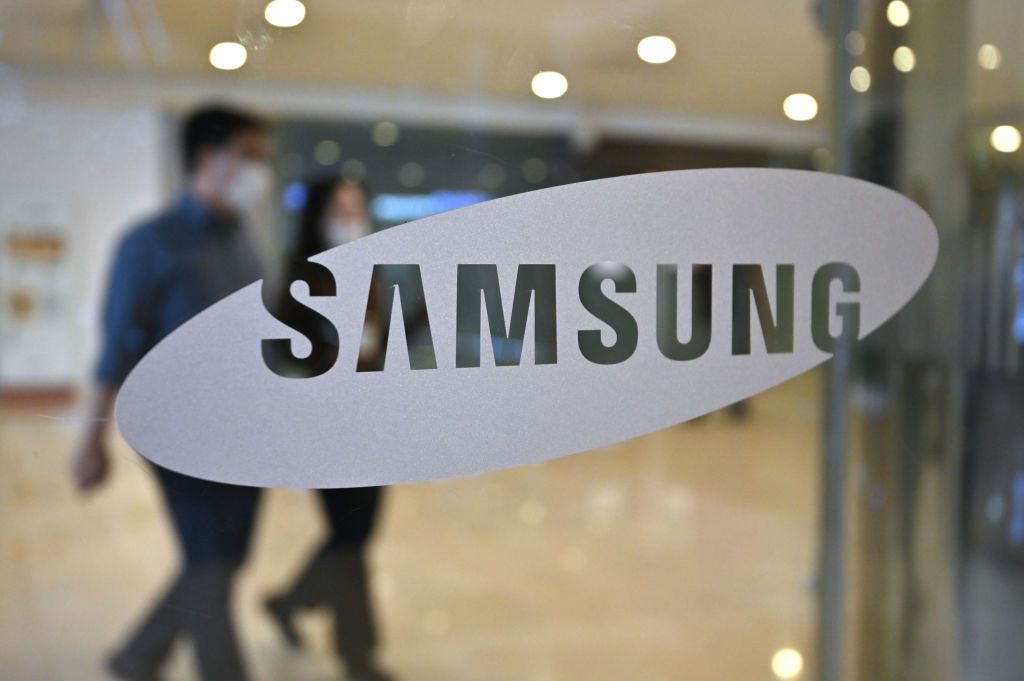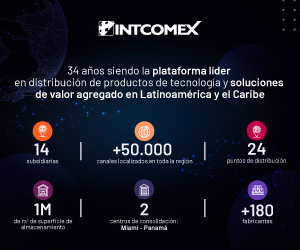Samsung Electronics forecasted strong artificial intelligence-driven demand for chips in the second half of this year, as it reported a more than 15-fold rise in its second-quarter operating profit.
Rebounding semiconductor prices stoked by the AI boom lifted June quarter earnings for the world’s biggest maker of memory chips, smartphones and TVs from a low base a year ago.
“In the second half of 2024, AI servers are expected to take up a larger portion of the (memory) market as major cloud service providers and enterprises expand their AI investments,” Samsung said.
Samsung’s share price rose 0.7% in morning trade versus a 0.3% rise in the benchmark index.
Operating profit rose to 10.4 trillion won ($7.52 billion) in April-June, up from 670 billion won a year earlier, Samsung said.
It was Samsung’s highest operating profit since the third quarter of 2022, spurred by the chip division returning to form as the tech giant’s cash cow after a slump caused by weak post-pandemic demand for gadgets that use the chips.
Second-quarter revenue rose 23% to 74 trillion won.

CHIPS BOOM
The chip division reported a 6.45 trillion won profit, its highest since the second quarter of 2022, and its second consecutive quarterly profit.
Explosive demand for high-end DRAM chips such as high bandwidth memory (HBM) chips used in AI chipsets, as well as chips used in data centre servers and gadgets that run AI services have helped to lift chip prices.
Samsung said its second-quarter HBM revenue rose about 50% from the previous quarter.
South Korean rival and HBM leader also said last week demand for AI chips will continue to get stronger, as it posted its highest quarterly profit since 2018.
Samsung has yet to meet AI chip leader Nvidia’s standards for fifth-generation HBM chips called HBM3E, though Samsung’s fourth-generation HBM – dubbed HBM3 – has been cleared by Nvidia for use in its less-sophisticated graphics processor, called the H20, developed for the Chinese market
However, Samsung forecasted HBM3E chips would take up 60% of its HBM sales by the fourth-quarter. Analysts said the aggressive target could be achieved if Samsung’s HBM3E passes Nvidia’s final approval by the third quarter.
With production capacity being concentrated on HBM, server DRAMs and server solid-state drives (SSDs) for AI applications, conventional supply of PC and mobile memory chips will be constrained in the second half of the year, Samsung said.
The mobile devices business suffered a drop in second-quarter operating profit of about 810 billion won from a year earlier due to steeper parts costs, although shipments were steady at 54 million smartphones.
Samsung expects overall demand for smartphones in the second half of 2024 to increase from a year earlier, led by growing demand for premium products with AI functions as well as accessories such as smartwatches.
The company launched its latest AI-enabled flagship foldable phones and mobile accessories earlier this month to compete with rival Apple in the premium smartphone segment, including a new ring for health monitoring.
($1 = 1,383.0100 won)





